Types of Window Glass
1. Thermal Glass These glasses are designed to improve the thermal insulation of the home, resulting in lower heating consumption and better heat retention.
There are two main types: –
- Low Emissivity Glass: These have a thermal treatment on the interior pane, ideal for cold climates.
- Selective or Guardian Sun Glass: These have thermal treatment on both panes (interior and exterior) and are recommended for south-facing windows, where solar radiation is intense in summer. For north-facing windows, the goal is to take advantage of the heat in winter.
Types of Window Glass
GLASS
2. Acoustic Glass The choice of glass with acoustic treatment is crucial, especially in noisy areas. It is important to select the right type of profile:
- Casement Windows: They are recommended over sliding windows due to their better sealing with double or triple sealing joints. –
- Blinds: Blind boxes can act as resonators, so it is suggested to consider options for acoustic boxes to minimize noise.
3. Safety Glass To increase the safety of your home, laminated safety glass is an effective option.
There are different levels of security:
- 3+3 Glass: Designed to withstand small impacts. –
- 6+6 Glass: Offers anti-burglary protection.
- Bulletproof Glass: Provides a high level of security.
These glasses can include thermal or acoustic treatments, or combinations of both. It is essential that the choice of glass maximizes the performance of the windows. A good window profile should be complemented with glass that offers specific properties, such as thermal insulation, acoustic insulation, and security.
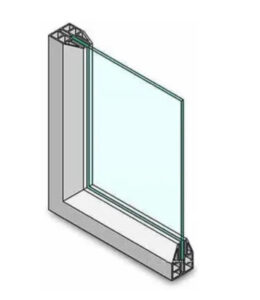
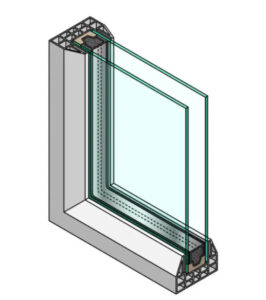
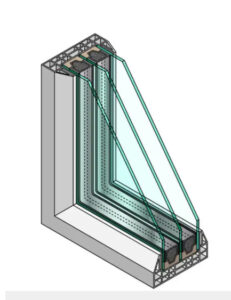
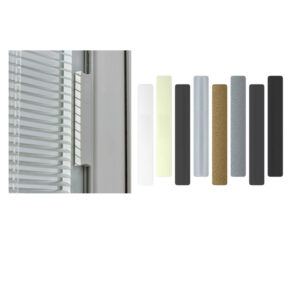
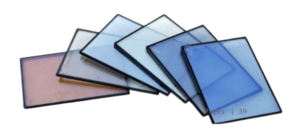
Features
In addition to varying thicknesses, glass can include several optional features to enhance the energy efficiency of windows and doors:
Low-E Coating
A low-emissivity (Low-E) coating is a thin layer applied to glass that reflects heat back into a room while allowing visible light to pass through. This helps improve energy efficiency by reducing heat loss in winter and minimizing heat gain in summer.
Tinted Coating
Tinted glass has a colored or darkened coating that reduces glare and solar heat gain. It enhances privacy and can improve aesthetic appeal, making it a popular choice for commercial buildings and residential windows.
Argon Gas Fillings
Argon gas is often used to fill the space between double or triple glazed glass panes. This inert gas has better thermal insulation properties than air, helping to reduce heat transfer and improve energy efficiency.
Self-Cleaning Function
Self-cleaning glass features a special coating that breaks down dirt and grime when exposed to sunlight. Rainwater then washes away the debris, making maintenance easier and keeping windows cleaner for longer periods.
Explore glass types
Single Glass
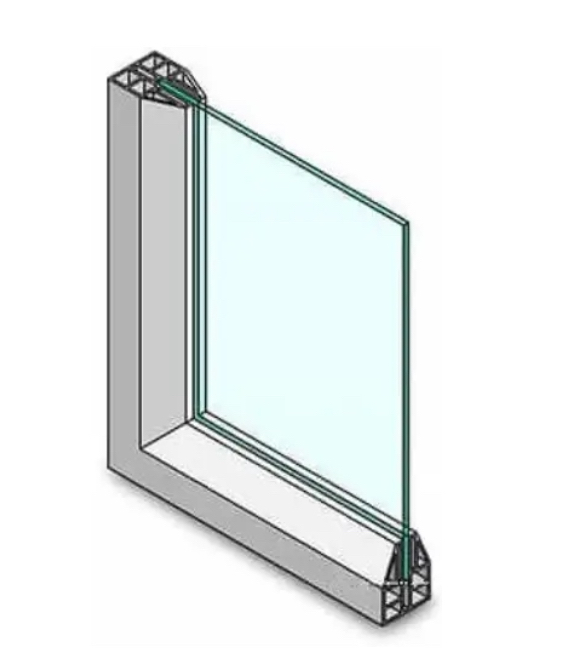
One layer of glass, widely used single glass thickness is 5mm, 6mm, 8mm, 10mm,12mm.
Double Insulated

Double glazing consists of two layers of glass with an air space in between, providing effective sound insulation and insulation.
Triple Glass
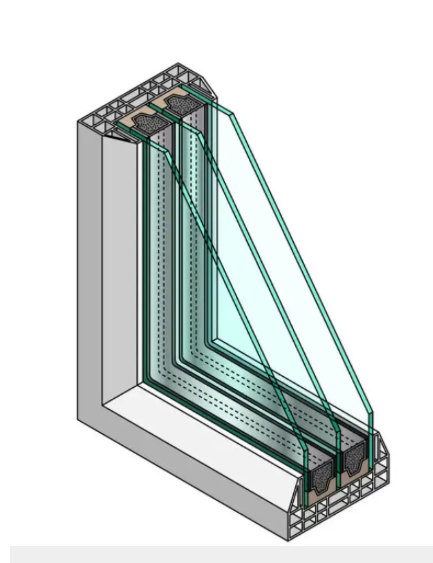
The triple glass features impact-resistant and insulated properties, with option for air space. Tripple Glass construction offers leading safety and insulation qualities. Triple-insulated glass has three layers with two air gaps, providing both superior thermal and sound insulation.
Laminated Glass

Laminated glazing, also known as impact glass, consists of two layers of glass with a PVB film between them, making it suitable as hurricane-proof glass.


